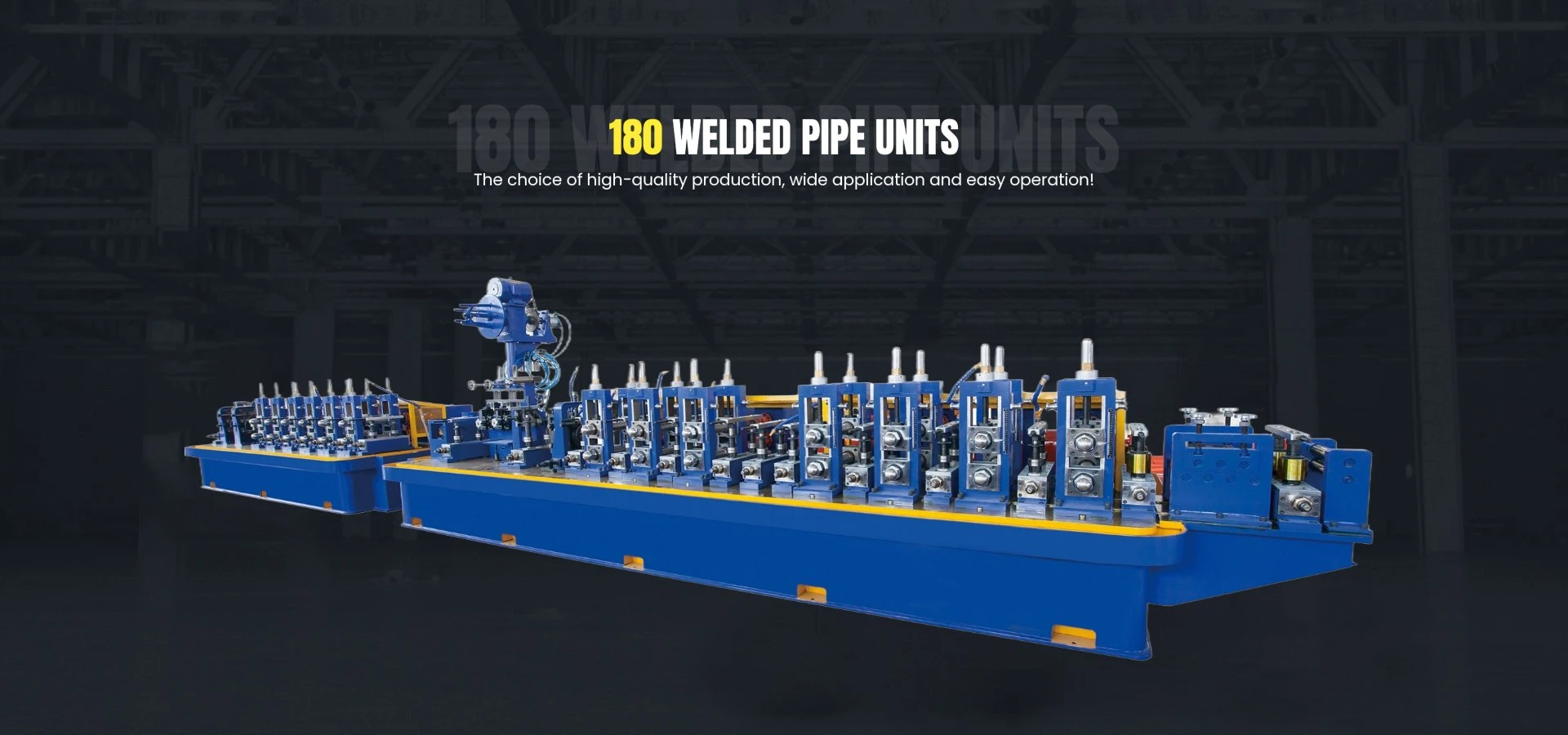steel pipe laser cutting
Steel Pipe Laser Cutting Revolutionizing the Manufacturing Process
In the world of manufacturing and construction, precision and efficiency are paramount. Steel pipes are essential components in various applications, including plumbing, construction, automotive industries, and much more. The process of cutting these pipes has evolved significantly over the years, with one of the most advanced techniques being laser cutting. This cutting-edge technology not only enhances precision but also optimizes production efficiency, making it a preferred choice for many industries.
Understanding Laser Cutting Technology
Laser cutting utilizes a high-powered laser beam to melt, burn, or vaporize the material, allowing for intricate cuts to be made with incredible accuracy. In the case of steel pipe laser cutting, the process begins with a computer-controlled system that dictates the path of the laser. This level of automation minimizes human error, ensuring that each cut is made to the specifications provided.
One of the most significant advantages of laser cutting steel pipes is the ability to achieve complex shapes and designs that would be challenging, if not impossible, to achieve with traditional cutting methods. The laser can maneuver in intricate patterns, providing manufacturers with the flexibility to create customized components efficiently.
Advantages of Steel Pipe Laser Cutting
1. Precision and Accuracy Laser cutting technology boasts a remarkable degree of precision. The narrow kerf (the width of the cut) allows for tight tolerances, ensuring that each piece produced meets the exact specifications required for its intended application.
2. Speed and Efficiency Laser cutting is faster than traditional methods like plasma cutting or sawing. The high speed at which the laser operates translates into shorter production times, which is crucial in meeting tight deadlines. Additionally, the automation of the process reduces labor costs and increases overall operational efficiency.
3. Minimal Material Waste Laser cutting produces a clean edge with little to no material waste, which not only maximizes the use of raw materials but also contributes to sustainability efforts. The ability to nest parts closely together in the cutting pattern ensures that a significant portion of the material is utilized effectively.
steel pipe laser cutting

4. Versatility Laser cutting can handle various materials beyond steel, including aluminum, brass, and even plastics. This versatility means that manufacturers can streamline their production processes by using a single cutting method for multiple materials.
5. Reduced Need for Secondary Operations The clean edges produced by laser cutting often eliminate the need for additional finishing processes, such as grinding or sanding. This capability not only saves time but also ensures that the final product is ready for immediate use.
Applications of Steel Pipe Laser Cutting
The versatility of steel pipe laser cutting makes it applicable in various sectors. In the construction industry, laser-cut pipes are used for structural frameworks, scaffolding, and other essential components. In the automotive field, manufacturers utilize laser-cut pipes for exhaust systems and frame components. Furthermore, industries focused on manufacturing machinery and equipment rely on precision-cut steel pipes for performance and reliability.
The Future of Steel Pipe Laser Cutting
As technology continues to evolve, the capabilities of laser cutting systems are expanding. The introduction of fiber laser technology has improved cutting speeds and efficiency, especially for thicker materials. The integration of artificial intelligence (AI) and machine learning into laser cutting systems is also on the horizon, allowing for real-time adjustments to parameters, enhancing efficiency, and reducing downtime.
Furthermore, the demand for custom solutions in various industries is driving the need for laser cutting technology. As manufacturers strive to meet unique specifications and designs, laser cutting will undoubtedly play a pivotal role in shaping the future of metal fabrication.
Conclusion
Steel pipe laser cutting represents a significant advancement in the manufacturing landscape, providing companies with an efficient, precise, and versatile cutting solution. As industries continue to push for innovation and enhance production capabilities, the adoption of laser cutting technology is set to increase, delivering unparalleled benefits to manufacturers and end-users alike. The dawn of a new era in manufacturing is upon us, significantly shaped by the capabilities of laser cutting technology.
-
High Frequency Straight Seam Welded Pipe Production Line-BzZhou Xinghua Machinery Equipment Manufacturing Co., LTD.|Precision Welding, High EfficiencyNewsJul.30,2025
-
High Frequency Straight Seam Welded Pipe Production Line|BzZhou Xinghua|Precision Welding&EfficiencyNewsJul.30,2025
-
High Frequency Straight Seam Welded Pipe Production Line - BzZhou Xinghua|Precision Engineering&EfficiencyNewsJul.30,2025
-
High-Frequency Straight Seam Welded Pipe Production Line-BzZhou Xinghua Machinery Equipment Manufacturing Co., LTD.NewsJul.30,2025
-
High-Frequency Straight Seam Welded Pipe Production Line-BzZhou Xinghua Machinery Equipment Manufacturing Co., LTD.|Precision Manufacturing, High EfficiencyNewsJul.30,2025
-
High Frequency Straight Seam Welded Pipe Production Line-BzZhou Xinghua Machinery Equipment Manufacturing Co., LTD.|Precision Steel Pipe Manufacturing&Industrial EfficiencyNewsJul.29,2025


